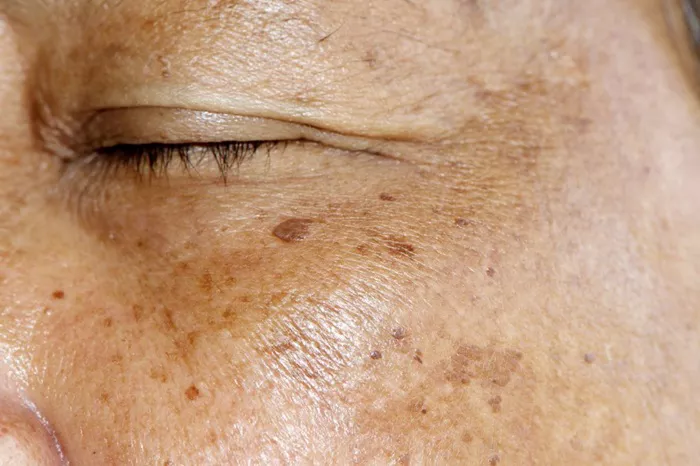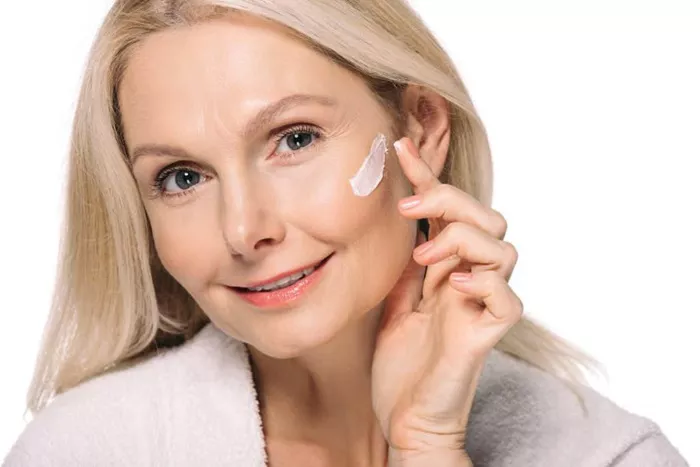Hyperpigmentation is a common skin condition characterized by darker patches of skin compared to the surrounding areas. It can be caused by various factors, including sun exposure, hormonal changes, inflammation, and certain medications. Developing an effective skincare routine can help manage and reduce the appearance of hyperpigmentation. This comprehensive guide will explore the best practices and products for addressing hyperpigmentation.
Understanding Hyperpigmentation
Causes of Hyperpigmentation
Hyperpigmentation occurs when there is an overproduction of melanin, the pigment responsible for skin color. The primary causes include:
Sun Exposure: Ultraviolet (UV) radiation from the sun triggers melanin production as a protective mechanism, leading to sunspots and age spots.
Hormonal Changes: Conditions such as melasma are often linked to hormonal fluctuations, especially during pregnancy or with the use of birth control pills.
Post-Inflammatory Hyperpigmentation (PIH): This occurs after skin inflammation or injury, such as acne, eczema, or psoriasis.
Medications: Certain drugs can cause hyperpigmentation as a side effect, including some antibiotics and chemotherapy medications.
Types of Hyperpigmentation
There are several types of hyperpigmentation, each with unique characteristics:
Melasma: Characterized by large, dark patches typically on the face, often linked to hormonal changes.
Sunspots: Also known as solar lentigines or age spots, these are small, darkened patches caused by prolonged sun exposure.
PIH: Dark spots that appear after an inflammatory skin condition or injury heals.
Daily Skincare Routine for Hyperpigmentation
Morning Routine
1. Cleansing
Start your day with a gentle cleanser to remove dirt, oil, and impurities. Opt for a cleanser that is free from harsh ingredients that can irritate the skin.
Recommended Products: CeraVe Hydrating Cleanser, La Roche-Posay Toleriane Hydrating Gentle Cleanser.
2. Toning
Toners help to balance the skin’s pH and prepare it for subsequent products. Choose a toner with ingredients that target hyperpigmentation, such as niacinamide or alpha hydroxy acids (AHAs).
Recommended Products: The Ordinary Glycolic Acid 7% Toning Solution, Paula’s Choice Enriched Calming Toner.
3. Antioxidant Serum
Antioxidants protect the skin from environmental damage and reduce pigmentation. Vitamin C is particularly effective in brightening the skin and fading dark spots.
Recommended Products: SkinCeuticals C E Ferulic, Drunk Elephant C-Firma Day Serum.
4. Moisturizing
Hydration is crucial for healthy skin. Use a moisturizer suitable for your skin type that also contains ingredients to combat hyperpigmentation.
Recommended Products: Neutrogena Hydro Boost Water Gel, CeraVe AM Facial Moisturizing Lotion with SPF.
5. Sun Protection
Sunscreen is the most important step in preventing and managing hyperpigmentation. Choose a broad-spectrum sunscreen with an SPF of at least 30.
Recommended Products: EltaMD UV Clear Broad-Spectrum SPF 46, La Roche-Posay Anthelios Melt-in Milk Sunscreen SPF 100.
Evening Routine
1. Cleansing
Double cleansing is recommended in the evening to thoroughly remove makeup, sunscreen, and impurities.
Recommended Products: Banila Co Clean It Zero Cleansing Balm, Neutrogena Ultra Gentle Hydrating Cleanser.
2. Exfoliation
Exfoliation helps to remove dead skin cells and promote cell turnover. Use chemical exfoliants like AHAs and BHAs, but avoid over-exfoliating to prevent irritation.
Recommended Products: The Ordinary Lactic Acid 10% + HA, Paula’s Choice Skin Perfecting 2% BHA Liquid Exfoliant.
3. Treatment Serums
Incorporate serums that specifically target hyperpigmentation. Ingredients like retinoids, alpha arbutin, and kojic acid can be beneficial.
Recommended Products: Differin Adapalene Gel 0.1%, The Ordinary Alpha Arbutin 2% + HA, Murad Rapid Age Spot and Pigment Lightening Serum.
See Also: Does Silicone Help Old Scars?
4. Moisturizing
Use a nourishing moisturizer to repair and hydrate the skin overnight.
Recommended Products: CeraVe PM Facial Moisturizing Lotion, Laneige Water Sleeping Mask.
Weekly and Monthly Treatments
Chemical Peels
Chemical peels can help to accelerate skin turnover and reduce hyperpigmentation. They should be done under the guidance of a dermatologist.
Recommended Products: Drunk Elephant T.L.C. Sukari Babyfacial, The Ordinary AHA 30% + BHA 2% Peeling Solution.
Microneedling
Microneedling involves using tiny needles to create micro-injuries in the skin, promoting collagen production and improving the appearance of dark spots.
Laser Treatments
Laser treatments can target deeper layers of skin to break down pigment and improve skin tone. Consult with a dermatologist to determine the best type of laser for your skin.
Ingredients to Look For
1. Vitamin C
An antioxidant that brightens the skin and reduces pigmentation by inhibiting melanin production.
2. Niacinamide
A form of vitamin B3 that helps to even skin tone, reduce inflammation, and strengthen the skin barrier.
3. Retinoids
Derived from vitamin A, retinoids promote cell turnover and collagen production, which can help fade dark spots.
4. Alpha Arbutin
A natural skin-lightening agent that inhibits tyrosinase, an enzyme involved in melanin production.
5. Kojic Acid
Produced by certain fungi, kojic acid lightens the skin by inhibiting melanin production.
6. Azelaic Acid
A naturally occurring acid that reduces inflammation and hyperpigmentation by inhibiting melanin production.
Lifestyle and Dietary Tips
Sun Protection
Avoid excessive sun exposure and wear protective clothing, hats, and sunglasses. Reapply sunscreen every two hours when outdoors.
Healthy Diet
A diet rich in antioxidants, vitamins, and minerals supports skin health. Include foods like fruits, vegetables, nuts, and seeds in your diet.
Hydration
Drink plenty of water to keep your skin hydrated and support overall health.
Avoid Picking at Skin
Picking or scratching at dark spots can worsen hyperpigmentation. Allow the skin to heal naturally.
Conclusion
Managing hyperpigmentation requires a consistent and well-rounded skincare routine. By incorporating the right products and ingredients, protecting your skin from the sun, and maintaining a healthy lifestyle, you can effectively reduce the appearance of dark spots and achieve a more even skin tone. Remember to be patient, as results can take time, and consult with a dermatologist for personalized guidance.
[inline_related_posts title=”You Might Be Interested In” title_align=”left” style=”list” number=”6″ align=”none” ids=”10882,10793,10745″ by=”categories” orderby=”rand” order=”DESC” hide_thumb=”no” thumb_right=”no” views=”no” date=”yes” grid_columns=”2″ post_type=”” tax=””]



































